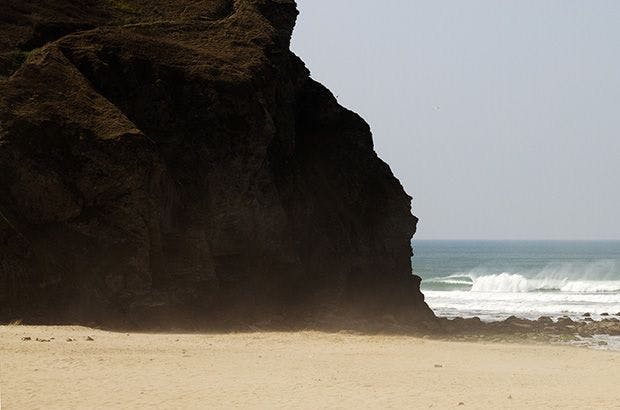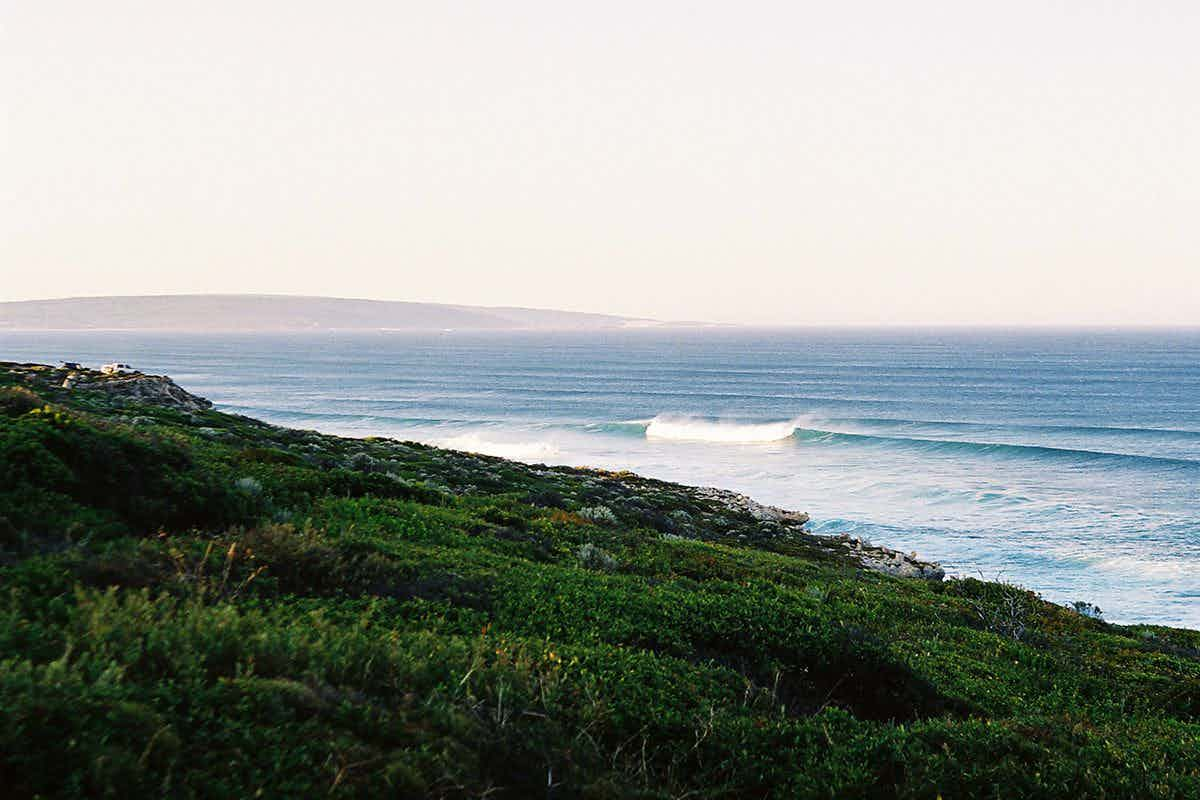Good surf is the result of a number of contributing factors all aligning in the right way at the right time. One of those key factors is the wind – not only does it generate the waves themselves many miles offshore but it also has a marked impact upon their quality when they break, the point at which we want to ride them. If you’ve been watching the happenings at and around the Drug Aware Margaret River Pro over the past week or so, you can’t fail to have noticed one of the defining elements (as well as the booming swell) has been the wind. Perth, the state capital of Western Australia, is the sunniest capital city in the world and the third windiest which makes it great for drying your laundry on the line and also great for surfing if you get out of bed early enough. The afternoon onshore wind in Western Australia is known locally as “The Doctor” (or “The Fremantle Doctor, to give it its full title) and is a classic sea breeze, as experienced on many other coastlines and particularly those that face west. But what causes it?
The sea breeze and its counterpart the land breeze is a regular local onshore/offshore wind system experienced in warm climates, caused by the heating effect of the sun upon the land and the sea. It is particularly noticeable on the western side of continents where there is a large landmass with very little vegetation or a coastal desert, and where there is coastal upwelling in the ocean causing cold surface currents close to the coast. You’ll have experienced it if you’ve ever visited south west France in late summer, the Pacific coast of South America, or Western Australia, where the wind blows lightly offshore in the early morning before turning onshore in the late morning and strengthening throughout the day before calming down and glassing off in the evening. It’s a fairly regular and predictable pattern that, if you’re aware of and able to recognize, you can capitalize on to enjoy the best conditions. It is the result of the simple fact that the sea and the land are two different bodies, and they absorb the heat of the sun and change temperature at different rates. A solid heats up and cools down faster than a liquid so in the warm summer months the land heats up and cools down on a daily basis whereas the sea temperature remains fairly stable, rising slowly over the course of the summer. During the day the sun heats the land and causes its temperature to increase so that the air above it warms and rises (convection). This leaves a space that must be filled, so cooler air from above the sea is pulled in horizontally to replace it (a process called advection), a movement that we recognize as the onshore sea breeze. As the temperature of the land heats throughout the day this sea breeze increases in strength until the sun starts to drop and the temperature of the land begins to fall, resulting in the evening glass-off. Overnight the temperature of the land may drop below the temperature of the sea (particularly where there is a coastal desert with little vegetation to “trap” the heat overnight), which will cause the opposite to happen – warmer air over the sea rises and causes air to flow in and replace it from the land thus causing an offshore breeze that may last until after sunrise. As the summer goes on the temperature of the sea will slowly rise in comparison to the daily temperature fluctuations of the land, meaning that the offshore morning land breeze will last longer and longer.

The land/sea breeze is a local wind pattern that occurs just a few miles either side of the coast, however its impact upon the quality of the waves can be significant. It certainly doesn’t occur everywhere and can vary throughout the year, disappearing altogether in some places sometimes whilst elsewhere you can set your watch by the time that the wind turns onshore each day. So, the next time that you arrive to surf a new spot and it’s howling onshore, don’t despair. Consider the time of day, the location and the climate, and you might conclude that you’ve arrived after the sea breeze has set in for the day. If that’s the case then find something else to occupy you for the rest of the afternoon until it glasses off, and definitely set your alarm clock for early in the morning. After all, nothing quite beats getting your fill of waves for the day in light offshore winds before heading in for breakfast, just as everybody else turns up to go surfing right as the wind swings and the waves turn to mush.
